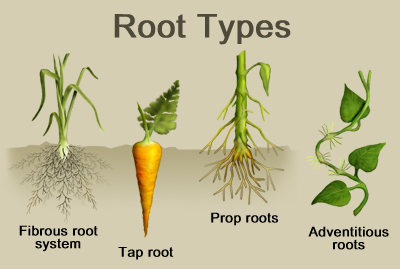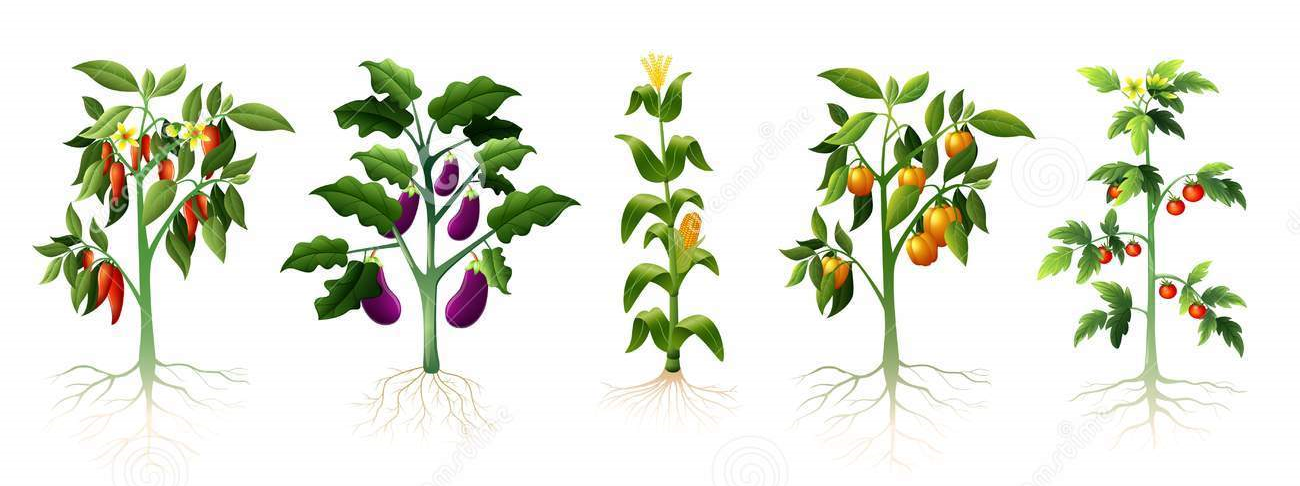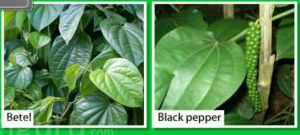Plants :Roots
Root
Root is the underground part of the plants body. It fixes the plant within the soil and absorbs water and mineral nutrients from the soil. It also stores excess food.
Function of roots
- Roots attach the plant body to the ground. It provides support to the plant and helps in holding the plant firmly in the ground.
- Root hairs of the plant absorb water and mineral from the soil and pass it to the stem.
- Some roots like carrot, radish etc. store food.
- Root bind the soil which otherwise may be blown away by wind or washed away by water. Root prevents soil erosion.
Types of roots
Tap roots
It consists of one main long thick root growing downwards from which many thinner roots develop. The main roots of a plant, generally grows straight down from the stem. It is a heavy, thick root that does not have many branches. Taproot go deep into the soil in search of water and minerals. Examples: sugar beet or carrot, bean, tea, peepal etc. have tap root. Dicots have a tap root system
- It is often used for human or animal consumption.
- Taproot Even: a number of large, equal-sized taproots.
- Taproot Swollen: A single, large taproot extending from stem
- Taproot Primary: A larger than average root going deeper into the soil.
Fibrous roots
Generally thin, somewhat hair-like, and numerous. It grows downward and outward from the stem, branching repeatedly to form a mass of fine roots. Fibrous root does go very deep in the soil. Example: lilies, grasses, wheat, rice, palm etc. have fibrous root.
- Better able to hold within soil, giving plant better stability
- Fibrous roots dry out quicker, thus cannot tolerate drought.
- Monocots have fibrous root system
Prop roots
It is a modified aerial root that arises from the stem of certain plants and provide extra support. Example : Mangroves, banyan etc
Adventious roots
These roots , arise from an organ other than the root—usually a stem, sometimes a leaf. They are especially numerous on underground stems, such as rhizomes, corms, and tubers, and make it possible to vegetatively propagate many plants from stem or leaf cuttings.







